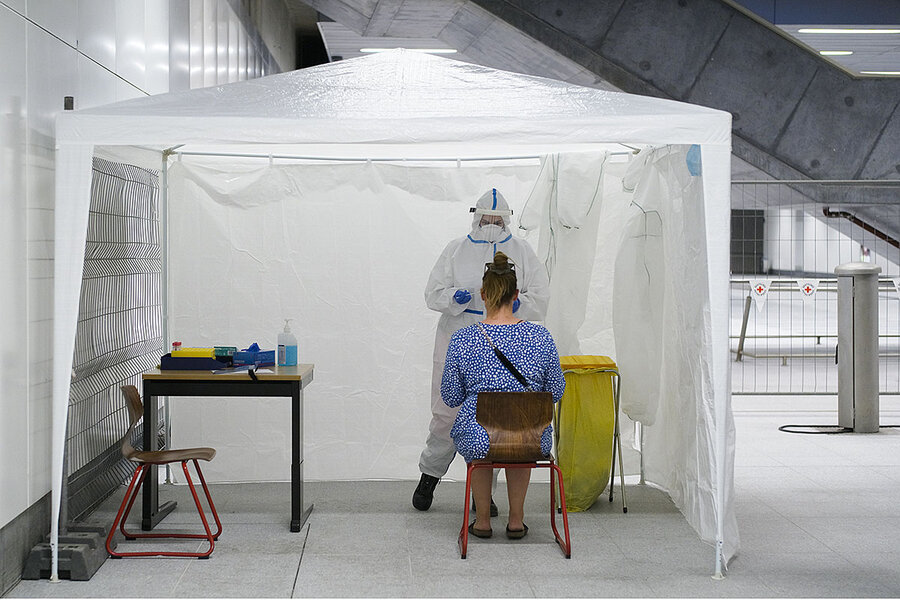You are here
Cntact Tracing: How Germany and Israel respond in different ways
Primary tabs
 As coronavirus threatens again, countries call in contact-tracing cavalry Germany and Israel seemed to have the coronavirus under control, but are experiencing new hot spots. Now contact tracing is proving critical. The Christian Science Monitor
As coronavirus threatens again, countries call in contact-tracing cavalry Germany and Israel seemed to have the coronavirus under control, but are experiencing new hot spots. Now contact tracing is proving critical. The Christian Science Monitor Typically, Lisa Hermann is a psychology master’s student. But times are far from typical in the town of Lübeck in northern Germany.
With the federal government desperate to keep the coronavirus contained, her university circulated an ad seeking students to help with contact tracing. Having finished her degree half a year early, Ms. Hermann submitted an application. One interview later, she’d signed up for a 39-hour-a-week gig as one of Germany’s newest “containment scouts,” paid €2,325 ($2,749) a month to help with efforts throughout the country.
“It’s similar to the job I want to do in the future, which is help people get through psychologically difficult times,” Ms. Hermann says. “But sometimes the work is very stressful.”
In Ramle, Israel, Liora Valinsky, the director of public health nursing for the Health Ministry, is training a very different set of contact tracers: soldiers. Israel’s traditional contact tracing was underfunded and understaffed, with its efforts initially focused on mass cellphone tracking. After the COVID-19 infection rate spiked over the summer, the government called in the army to lead a new, multipronged effort of testing, tracing, and quarantining.
As case numbers now tick upward in Germany and Israel, the two countries are putting considerable resources behind their contact-tracing efforts in order to contain COVID-19 – albeit in different ways. While Germany has called on civilians and Israel the military for additional reinforcement, it is becoming clear that holding the disease at bay is only as effective as a multifaceted, flexible strategy that includes tracing: identifying who’s infected and who they’ve spent time with, quarantining, and tracking cases. ...



Recent Comments